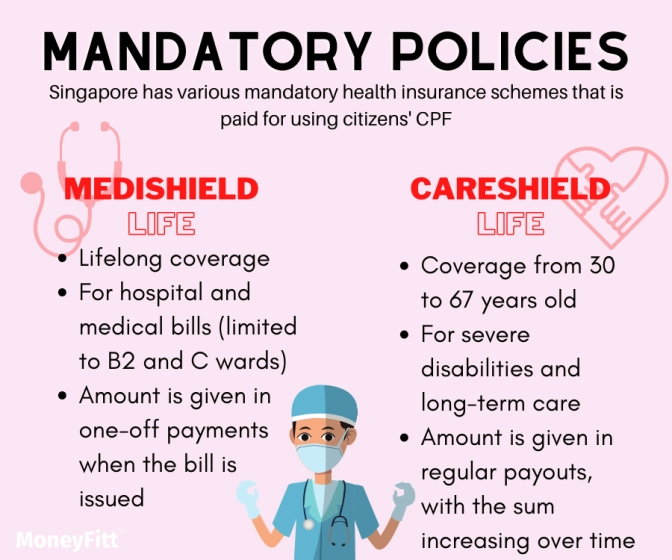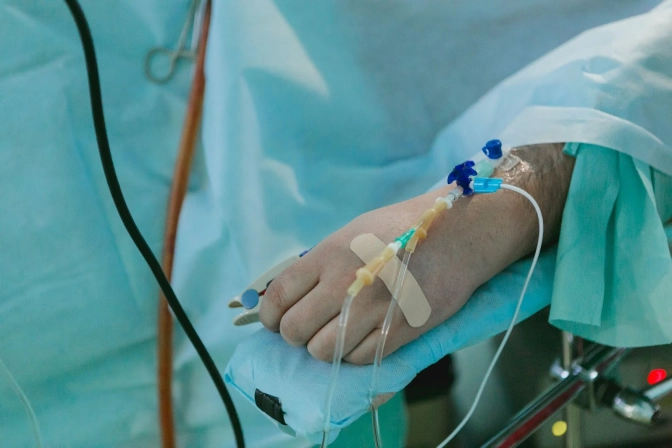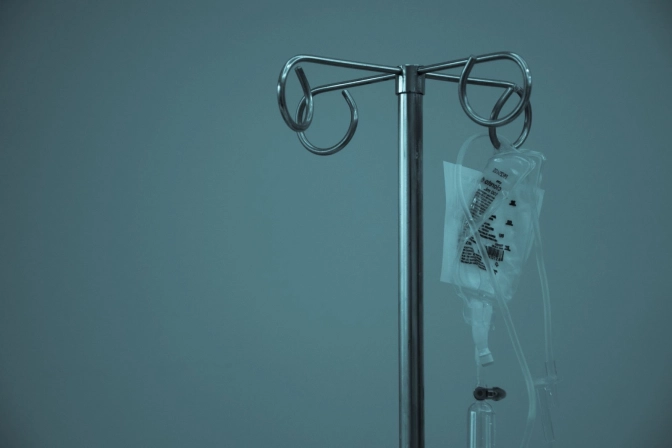Health Insurance: So Medical Woes Don’t Have To Hurt Your Wallet Too
Protect yourself against skyrocketing medical costs. You never know when you'll need it!
- Health insurance protects you against medical expenses when faced with illnesses or injuries in the future.
- You have a mandatory MediShield Life policy as part of your CPF to help pay for hospital and medical bills, but these are limited to certain types of treatments and wards.
- There is a wide range of health insurance products from various private insurers.
Health insurance is one of three basic types of insurance, the other two being life insurance and general insurance. Both health insurance and life insurance are safeguards for your well-being. Still, while life insurance focuses on permanent disability and death (and critical illness cover deals with income replacement and post-hospitalisation expenses), health insurance focuses on your immediate hospital bills and inpatient/outpatient expenses. Simply put, it is for times when you find yourself in the hospital and want somebody else to pay
Mandatory Policies
Working Singaporeans will have funds saved in their MediSave account as part of their CPF. You can use your MediSave account to pay your personal and approved dependents’ surgical bills, hospitalisation fees, and some outpatient services. So, why bother getting additional health insurance?
Medisave Limitations
Unfortunately, MediSave itself may not be able to fully cover your medical bills, as there are withdrawal limits.
Below are some examples of MediSave’s withdrawal limits:
- Hospital Stay: up to $550 for the first two days of admission and $400 per day from the third day onwards (up to $150 per day if it is a psychiatric episode, up to a maximum of $5,000 per year)
- Surgery: the limit on withdrawal is dependent on the complexity of the surgical operation. The limit ranges from $250 to $7,550
- Outpatient radiosurgery treatment for cancer patients: $7,500 per treatment
- Outpatient Hyperbaric Oxygen Therapy: up to $100 per treatment cycle
You can find a comprehensive list of withdrawal limits here.

MediShield Life
As such, all citizens and PRs are covered by the Government’s mandatory MediShield Life policy. Medishield Life is universal, life-long coverage for all Singaporeans and Permanent Residents to help pay for hospital and medical bills, limited to select treatments in B2 and C wards. If you would like to visit a private hospital instead or upgrade to B1 or A wards in public hospitals, you must top up the excess amount.
The premiums are paid for by deducting funds from your MediSave account. It is an automatic deduction and requires no action on your part! Should you be facing financial troubles, MediShield Life will not be cancelled. Several subsidies and supports are in place to ensure that every Singaporean and PR can afford to pay for the premiums. Such subsidies and support include:
- Premium Subsidies for those on lower-to-middle income
- Pioneer Generation Subsidies for Pioneers (born on or before 1949)
- Merdeka Generation Subsidies for Merdeka Generation seniors (born between 1950 to 1959, inclusive)
- Additional Premium Subsidies for those who are still unable to afford their premiums after the above subsidies
How much are your MediShield Life premiums after subsidies?
- Click here for MOH’s premium schedules
- You can also use their calculator here
CareShieldLife
CareShieldLife is another mandatory insurance scheme introduced in 2020 (optional for those born in 1979 or earlier). It provides basic financial support if Singaporeans become severely disabled or require long-term care. Singaporeans are automatically enrolled in this scheme when they reach 30 years of age and pay the premiums through their MediSave accounts until they reach 67 years of age.

Payouts started at $600 per month in 2020 and will increase by 2% per year from 2020 to 2025. If you find yourself permanently disabled, your payouts will start at the amount specific to that year. For example, if you become permanently disabled in 2021, your first monthly payout will be $612. This amount will increase annually until the age of 67 or if you make a new successful claim.
Premiums are fully payable by MediSave. Like MediShield Life, multiple subsidies ensure that every Singaporean and PR can afford the premiums.
What if I Die Right After Taking Out the Policy? Am I Still Covered?
Most likely, yes, but if you do die within two years (in many places, much less) of activating a life insurance policy, the insurance company may cite a contestability clause. It’s reasonable for the insurance companies to have this condition. Albeit, it’s very rough on those who genuinely are diagnosed with a dread disease (or pass away) before this period is up. Still, the clause is there in case those with pre-existing conditions are tempted to purchase without declaring pre-existing conditions. Such individuals may fraudulently make a claim, or worse, for those with suicidal tendencies etc. (For those, there is often a suicide clause, but more importantly, please seek help).
Beneficiaries should expect extra time to be taken to investigate a death claim when it’s shortly after taking out life insurance.
Other Health Insurance Policies
Aside from the mandatory policies, there are other types of health insurance policies in the market that you can consider.
Integrated Shield Plans
Integrated Shield Plans (IP) are insurance plans that include MediShield Life and private insurance coverage that supplements MediShield Life. These can be purchased on your own accord to upgrade your current mandatory MediShield Life policy. You can consider IPs if you wish to be covered more broadly, such as if you want your health insurance to cover the costs of private hospitals or B1 and A wards as well.
Stated below is a list of IPs available in the market:
- IncomeShield provided by NTUC Income
- HealthShield Gold Max provided by AIA
- SupremeHealth provided by Great Eastern
- MyShield provided by AVIVA
- PruShield provided by Prudential
- AXA Shield provided by AXA
- Raffles Shield provided by Raffles Health Insurance
Here is a gauge of some of the private insurers’ policies:

The private insurer will be your contact point for the IP. All premiums paid and claims received will be transacted with the private insurer, not the CPF Board. The insurer will collaborate with the CPF Board on your behalf.
As the coverage is broader, the premiums will also be higher, and these premiums will typically increase as you get older. Also, while the MediShield Life component is still payable by MediSave, the additional private insurance component is only payable by MediSave up to the Additional Withdrawal Limit with the excess payable in cash.

Note: all ages are rounded up, e.g. if you are 40 years and 18 days old, you will be treated as 41 years old.
There’s another tier of protection known as IP Riders that add on to your IP plans. These cover an even bigger portion of your hospital bill, and some even have hospital cash benefits that give a cash allowance for each day you spend in the hospital. However, premiums for IP riders are not covered by MediSave.
Hence, IPs give you a higher claims limit to increase the choice available for treatment, protect you financially before and after hospitalisation and offer a more extensive selection of wards to stay in. The premiums will be more expensive and not fully covered by your MediSave account, so it’s best to weigh out what range of protection is suitable for you and speak with a professional.
Critical Illness Insurance
Just one critical illness can be a devastating financial burden for you and your family. Critical Illness insurance typically pays out a one-time lump sum of money if you are ever diagnosed with a critical illness (such as a heart attack, stroke and or major cancers) that is covered by your plan.
Hospitalisation insurance (e.g. Medisave or MediShield Life with an IP) would cover a large chunk of hospital bills, but not all. For example, hospitalisation insurance would not cover expenses resulting from the critical illness (e.g. insurance co-payment or any long-term rehabilitation), plus compensation for any loss of employment or income during treatment or recovery. According to the Life Insurance Association, it takes about five years for a person to recover from a critical illness.
Disability Income
This is a standalone term insurance plan which provides a fixed monthly income following an accident or illness that puts you out of work or leaves you unable to perform certain daily activities. You can only be insured up to the age of 65.
Baby Insurance
From the moment Singaporean children are born, they are automatically covered by MediShield Life. However, you can consider upgrading them with IP coverage and personal accident plans.
Maternity Insurance
This is a single premium policy covering unforeseen circumstances arising from pregnancy, which could affect either mother or child. The policy usually provides a one-off payment in the case of an unforeseen event. Maternity insurance is usually a stand-alone plan, however, it can be packaged into whole life insurance plans. (It may also be a good time to discuss saving early towards a university education fund if that's something you wish to set up for your child.)

HEALTH INSURANCE. COMPLETED. ✅
Sources:
- https://www.moh.gov.sg/cost-financing/healthcare-schemes-subsidies/medisave
- https://www.moh.gov.sg/cost-financing/healthcare-schemes-subsidies/medishield-life
- https://www.careshieldlife.gov.sg/careshield-life/about-careshield-life.html
- https://www.lia.org.sg/media/1525/180426_lia_mortality_and_ci_101_guide.pdf
